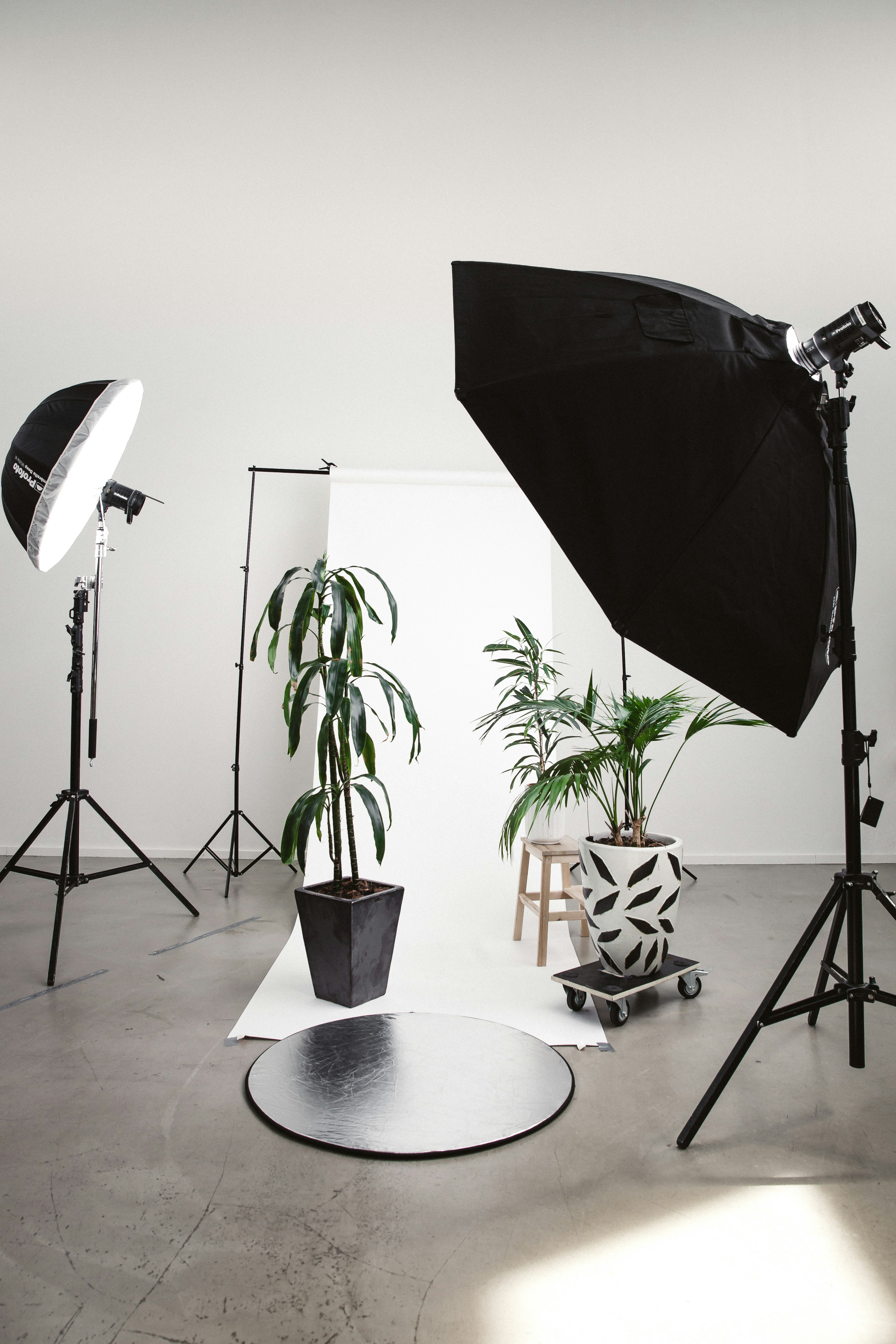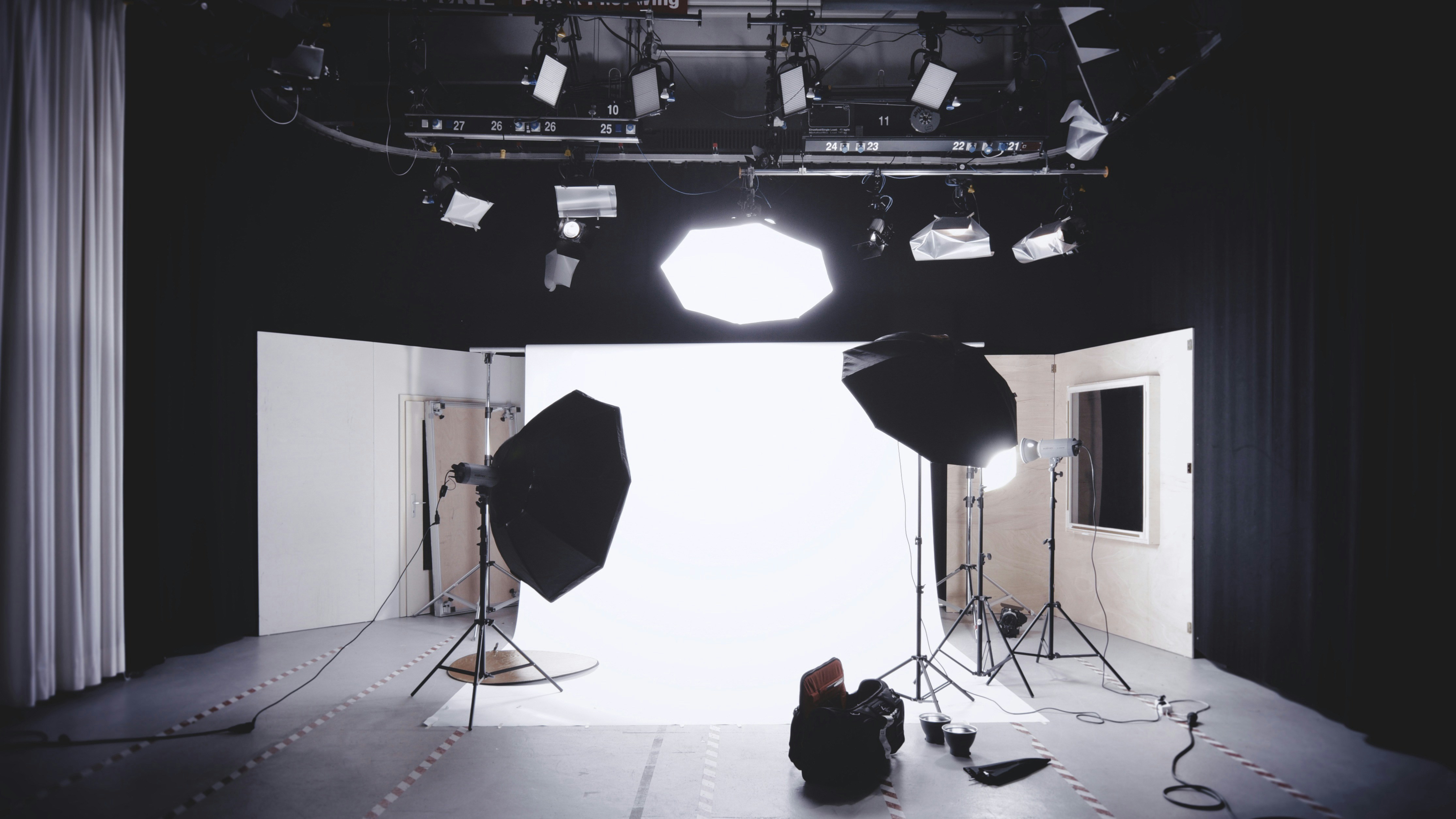
How Aperture Affects Headshots in Photography
2025-04-08



How Aperture Affects Headshots in Photography
When it comes to taking headshots, aperture is one of the most important factors to consider. Aperture not only affects the depth of field in your photos but also plays a crucial role in determining the sharpness and overall look of your headshots. In this blog post, we will explore how aperture affects headshots in photography and provide practical tips to help you achieve stunning results.
Introduction
Aperture refers to the opening in the lens through which light passes to reach the camera sensor. It is measured in f-stops, with lower f-stop numbers indicating a larger aperture opening and higher f-stop numbers indicating a smaller aperture opening. The choice of aperture can significantly impact the look and feel of your headshots, so it is important to understand how it works and how to use it effectively.
Practical Tips
1. Depth of Field
One of the key ways aperture affects headshots is by controlling the depth of field in your photos. A wider aperture (lower f-stop number) will create a shallow depth of field, resulting in a blurred background that helps the subject stand out. On the other hand, a narrower aperture (higher f-stop number) will increase the depth of field, keeping more of the scene in focus.
2. Sharpness
Aperture also plays a crucial role in determining the sharpness of your headshots. While a wider aperture can create a beautiful bokeh effect and isolate the subject from the background, it can also lead to a softer focus on the subject's features. To ensure sharpness in your headshots, consider using a narrower aperture setting to increase the depth of field and keep the subject in focus.
3. Lighting
Another important factor to consider when choosing the aperture for your headshots is the available lighting. A wider aperture allows more light to enter the camera, making it ideal for low-light situations or indoor shoots. However, be mindful of overexposure when using a wide aperture, as it can result in blown-out highlights and loss of detail in the image. In well-lit conditions, a narrower aperture can help maintain a balanced exposure and ensure all elements in the frame are properly illuminated.
4. Creative Effects
Experimenting with different aperture settings can also lead to creative effects in your headshots. By adjusting the aperture, you can control the amount of blur in the background, highlight specific details in the subject's face, or create a dramatic look with selective focus. Don't be afraid to play around with different f-stop numbers to see how they impact the overall composition and mood of your headshots.
Conclusion
In conclusion, aperture is a powerful tool that can significantly impact the look and feel of your headshots. By understanding how aperture affects depth of field, sharpness, lighting, and creative effects, you can take your headshot photography to the next level and create stunning images that capture the essence of your subject. Remember to experiment with different aperture settings, practice regularly, and trust your instincts to achieve professional-looking headshots that stand out from the crowd.